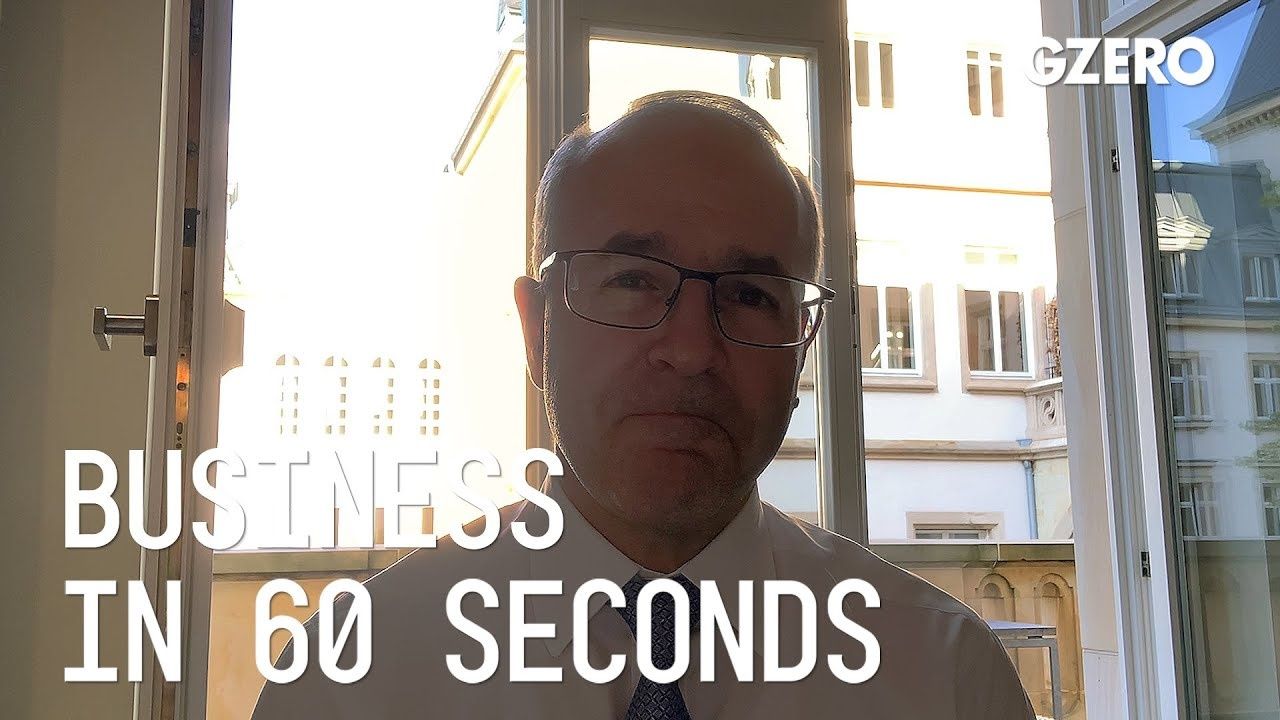
Kevin Sneader, global managing partner for McKinsey & Company, provides perspective on how corporate business leaders think in response to the coronavirus crisis:
How do we get remote and hybrid learning right?
For many, this is the back to school season. But this year's preparations are fraught with added anxiety as educators, public health officials, and parents try to balance the need to reduce the spread of the virus with a desire to get students into more productive learning environments. For many students, a full time return to the classroom will not be safe for some time. It's important to understand three lessons in order to get remote and hybrid learning right.
The first lesson, differentiate by the level of need and capabilities. Educators have long understood the value of tailoring curriculums and environments to the needs of different groups. Well, that's particularly important these days. The key is to ensure, therefore, that resources are focused on students who experience the greatest challenges, such as learning disabilities, economic hardship, or an unstable home environment.
Lesson two, design systems specifically for remote and hybrid environments. Remote and hybrid learning are more than just digital versions of the classroom. When the coronavirus first hit, we didn't really have the time to redesign better solutions, solutions that improve the way that teachers interact with students and reflect the need to shift under different conditions. Now we can.
Lesson three, relationships are the foundation of learning. Schools are more than places for learning alone. They are the center of their communities. So now, as students return to the classroom and to hybrid learning, it is important to take stock of academic status, but also to reflect on ways to rebuild the role of the school in the community.